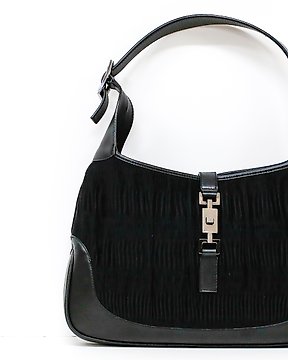Klauzula
Zastrzeżenie: tylko do użytku dekoracyjnego i w sztukach walki Przedmiot został wystawiony na aukcji przy założeniu, że jest przeznaczony wyłącznie do celów dekoracyjnych lub trenowania sztuk walki. Biorąc udział w aukcji, wyrażasz zgodę na: Przestrzeganie wszystkich obowiązujących przepisów prawa, regulacji oraz regulaminów. Zagwarantowanie, że będziesz używać przedmiotu zgodnie z podanymi celami. Należy pamiętać, że przedmiot nie został sprawdzony przez Catawiki pod kątem bezpieczeństwa i sprawności. Catawiki nie toleruje działań niezgodnych z prawem i nie ponosi odpowiedzialności za jakiekolwiek szkody lub obrażenia będące wynikiem użycia przedmiotu lub jego niewłaściwego wykorzystania.
Zastrzeżenie: tylko do użytku dekoracyjnego i w sztukach walki Przedmiot został wystawiony na aukcji przy założeniu, że jest przeznaczony wyłącznie do celów dekoracyjnych lub trenowania sztuk walki. Biorąc udział w aukcji, wyrażasz zgodę na: Przestrzeganie wszystkich obowiązujących przepisów prawa, regulacji oraz regulaminów. Zagwarantowanie, że będziesz używać przedmiotu zgodnie z podanymi celami. Należy pamiętać, że przedmiot nie został sprawdzony przez Catawiki pod kątem bezpieczeństwa i sprawności. Catawiki nie toleruje działań niezgodnych z prawem i nie ponosi odpowiedzialności za jakiekolwiek szkody lub obrażenia będące wynikiem użycia przedmiotu lub jego niewłaściwego wykorzystania.












